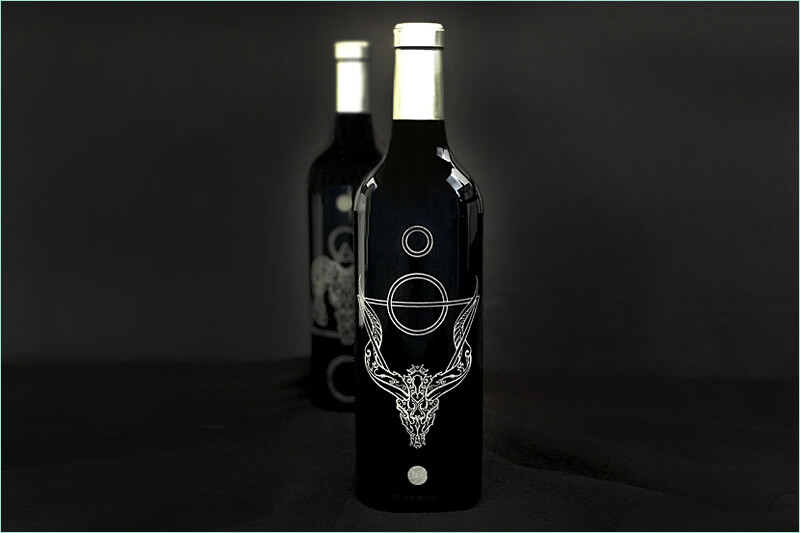Screen Printing
Graphic Design, Screen & Digital Print
Cutler is committed to providing an exceptional graphic design service to suit our client’s individual needs. Our aim is to work with clients to ensure information is presented clearly, accurately and with the best possible balance to meet our client’s expectations whilst taking into account our experience and knowledge of DFM (Design for Manufacture).
We are able to work with a variety of digital file formats.
Screen printing first appeared in a recognisable form in China during the Song Dynasty (960–1279 AD) and has been the core business of Cutler Brands since 1946.
Features & options:
- In house graphic design
- Solvent inks (Including 2pack)
- UV inks
- 1st and (or) 2nd Surface printing
- Decorating client supplied products
Base substrates available include: self-adhesive vinyl, polycarbonate film, polyester film, aluminium and stainless steel sheets.
In-house cleaning and spraying unit purpose-built for Coopers.
Digital printing has been a very successful addition to our division with the purchase of a UV flatbed print machine. We offer in-house graphic design, white print for clear substrates and both sheet and roll materials.
Base substrates available but not limited to: glass, metal, self-adhesive vinyl, polycarbonate film, and polyester film, PETG, PVC and corflute.
For further information please contact us on 08 8268 9888.
The History of Screen Printing
Screen printing is an ancient art form. An early version of the technique was first pioneered in China, around AD 950, as a method of printing patterns onto fabric. Several centuries later, Japanese artisans adopted the practice to transfer designs onto paper and fabric, using a stiff brush to push ink through a mesh screen woven from human hair.
Screen printing arrived in Europe in the 18th century, but it was slow to catch on as a fabric printing method owing to the high cost of silk mesh at the time. Once the Silk Road made imported silk more affordable, screen printing gradually became a popular — and profitable — way to print fabric. By the early 20th century, printers had developed photo-sensitised emulsions, allowing artisans to create complex stencil designs much more easily.
In the 1930s, artists began experimenting with screen printing as an artistic medium, naming their new-found form ‘serigraphy’ to distinguish it from industrial printing. By the 1960s, artists such as Eduardo Paolozzi and Andy Warhol were using screen printing to create fine art. Dubbed ‘pop-art’, the artist used screen-printing to create multiple copies of a single image, essentially questioning what constituted fine art. Warhol’s famous Marilyn Diptych is perhaps the best-known example of screen printing as an artistic form.

Nowadays, screen printing is used both as an artistic medium and as a commercial printing process.
One stencil can be used to reproduce the same design hundreds — or even thousands — of times, so it’s a brilliant technique for producing large orders of custom clothing.
To discuss your specific requirements with one of our product specialists, please contact us on (08) 8268 9888.


